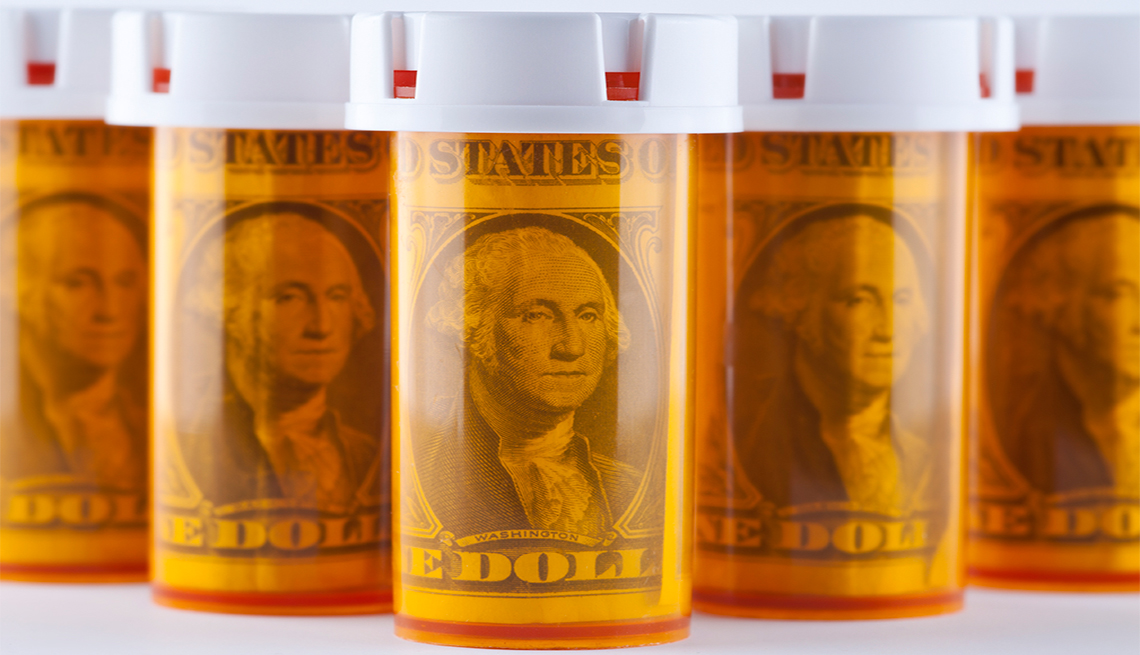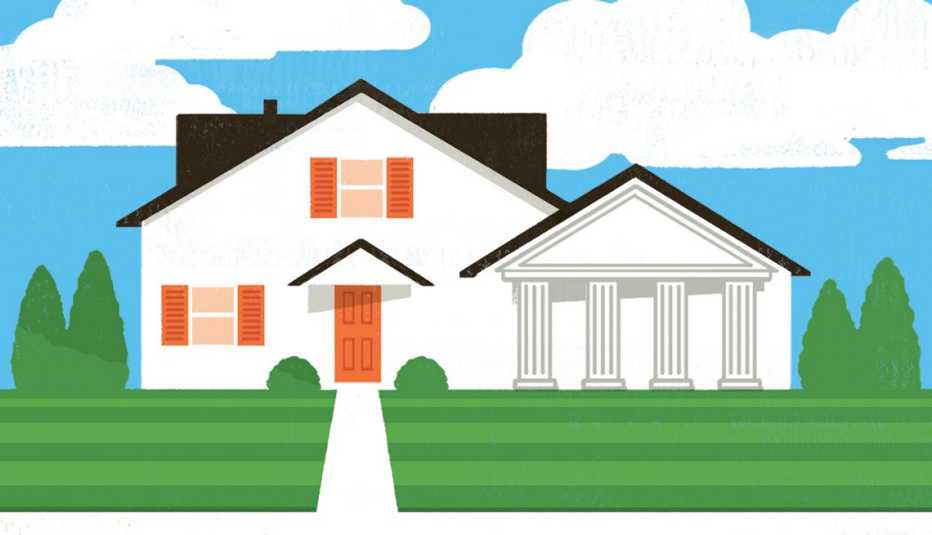Staying Fit
Soaring inflation is forcing many older adults to skimp on health care services, forgoing doctor’s appointments and shunning prescriptions to save money. That is only expected to get worse as the population ages. According to the U.S. Census Bureau, by 2034 some 77 million people will be 65 and older. Today that stands at over 54 million.
“If the economy changes such that people need to spend a larger share of fixed incomes on housing, rent, food or transportation, then a smaller slice of their budget will be available to spend on health care,” says Gretchen Jacobson, vice president of the Medicare program at the Commonwealth Fund.


AARP Membership— $12 for your first year when you sign up for Automatic Renewal
Get instant access to members-only products and hundreds of discounts, a free second membership, and a subscription to AARP the Magazine.
That’s currently the case with inflation at a 40-year high of 9.1 percent. Many older adults on fixed incomes are struggling to put food on the table or afford trips to the doctor. It’s particularly hard for people between the ages of 50 and 64. They aren’t eligible for Medicare yet and, as a result, are cutting back more than their 65-plus counterparts. “This bracket of older Americans will continue to increase at a rate of 10,000 a day,” says Nicole Willcoxon, a research director at Gallup. “As they age and cut back on needed care, there will be more people sick, more people not taking care of themselves and more dire consequences going forward.”
The good news is there are ways to keep your health in order without sacrificing basic necessities. Here’s how.



































































